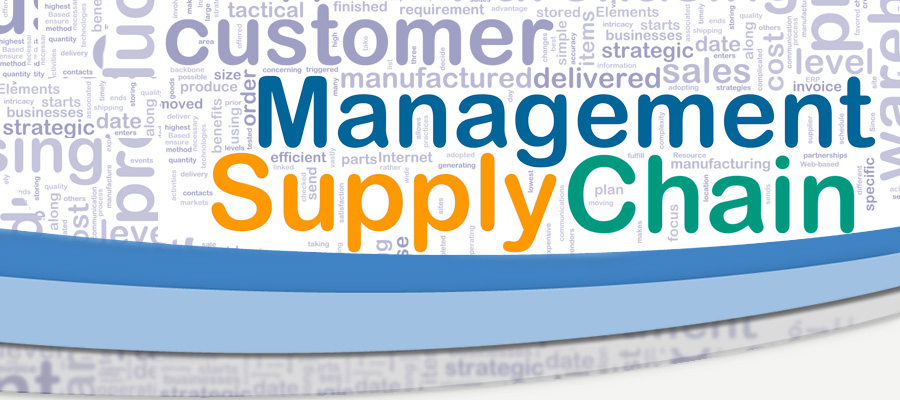
- Millennials: Death to the Cubicle!
Open floor plans are not the answer, having worked in open spaces and cube farms – neither are good. It is about the culture of the work place. If the company has their people on the phone all day, you need enclosed places. If you are developers that need to collaborate (and spent large portions of the day in quiet), open floor plans work nicely.Millennials have grown up understanding that work is an activity, not something that happens in any predetermined time or space. Accordingly, they insist on having the freedom to choose where and when they work, and they want to be measured on performance — not face time or office politics. So how does that change the way our workplaces and workflows are designed?
- Federal IT outsourcing spend alarmingly poorly managed
The GAO analyzed agency policies, procurement and contracting data, and interviewed agency and contractor officials. While leading companies strategically manage about 90 percent of the IT procurement spending, these government agencies strategically managed just a fraction of that. The U.S. Navy, for example, which spent $3.3 billion on IT services in 2013, awarded just 10 percent of that work via strategically managed outsourcing contracts, according to the GAO. The U.S. Air Force strategically managed 17 percent of its $1.4 million IT services spend, the U.S. Army did so with 27 percent of its $3.5 billion spend, and NASA did so with 35 percent of its smaller $855 million IT outsourcing investment. DHS was the best performer, sourcing 44 percent of its $2.2 billion IT procurement budget in strategic deals.
- 11 Tweaks to Your Daily Routine Will Make Your Day More Productive
Listicles… there are some solid points in this post once you get around the trash:“Eating a frog” is the greatest antidote to procrastination, and the most productive people know the importance of biting into this delicacy first thing in the morning. In other words, spend your morning on something that requires a high level of concentration that you don’t want to do, and you’ll get it done in short order. Make a habit of eating three frogs before you check your e-mail because e-mail is a major distraction that enables procrastination and wastes precious mental energy.
- Software vendors – fear and loathing
Why? Because the most successful software firms are masters at high-pressure, bullying sales tactics. Take Oracle. The company specializes in trying to convince potential new customers that its license terms and model are harmless and easy to use.
Once the customer licenses the product, however, Oracle takes a new tack. The company launches software audits and then argues that there are license restrictions it did not talk about during the sales process but that the customer has now breached.
How do Oracle and other vendors get away with these tactics? Path dependency. Software vendors know that once a large company has implemented an enterprise-wide or otherwise significant software tool it is hard to switch.
- The Six Strategic Sourcing Samurai
So who are these six strategic sourcing samurai? They are the six remaining companies that took the time and effort to not only research and build a solution, but take it to market and wait while the market caught up with the vision that a few pioneers had fifteen years ago — a vision of true best-cost global sourcing from a total cost of ownership (and, more recently, from a total value management) perspective.
http://sourcinginnovation.com/wordpress/2015/10/30/the-six-strategic-sourcing-samurai/
- 39% of L.A. millennials ‘chronically stressed’ about money, survey finds
A new survey by Bank of America and USA Today found that L.A. millennials ages 18 to 34 say they have a clear understanding of their financial situation and 44% are prepared for a rainy day, with three months of living expenses saved up.
But 75% say they worry about their finances “often” or at least “sometimes,” with 39% saying they are “chronically stressed” about money.
http://www.latimes.com/business/la-fi-millennials-money-20151022-htmlstory.html
- Are US tech giants harming national security by partnering with China’s firms?
A report made public this week from a security firm with longstanding ties to the Defense Department, the Defense Group Inc., said IBM’s partnerships in China, which are part of a global initiative that the company calls Open Power, are already damaging US national security. “IBM is endangering the national and economic security of the United States, risking the cybersecurity of their customers globally, and undermining decades of US nonproliferation policies regarding high-performance ..



